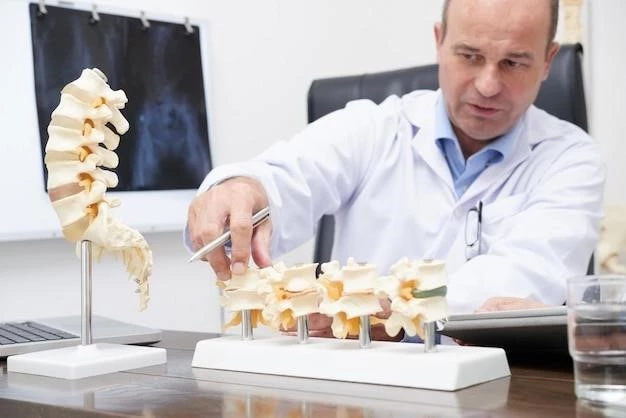It is crucial to understand Arthrogryposis and Spinal Muscular Atrophy to better navigate the challenges they present. Knowing the symptoms and causes can aid in early detection and treatment. Stay informed about the latest research advances and consider genetic testing for a comprehensive approach to managing these conditions.
Symptoms of Spinal Muscular Atrophy
Spinal Muscular Atrophy (SMA) presents various symptoms depending on its type. Common signs include muscle weakness, poor muscle tone, respiratory issues, and in severe cases, difficulty swallowing and breathing. It is important to monitor these symptoms and seek medical advice promptly for proper management.
Treatment Options for Arthrogryposis
When it comes to treating Arthrogryposis, a multidisciplinary approach is key. Treatment options may include physical therapy to improve muscle strength and flexibility, occupational therapy to enhance daily living skills, orthopedic interventions such as corrective surgeries or bracing, and psychological support for both the child and their family. It’s essential to work closely with healthcare professionals to create a personalized treatment plan that addresses the unique needs of the individual.
Causes of Spinal Muscular Atrophy
Spinal Muscular Atrophy (SMA) is primarily caused by a genetic mutation that affects the nerve cells responsible for controlling voluntary muscles. This mutation leads to a deficiency in a protein essential for muscle health. SMA is classified into different types based on age of onset and severity. Understanding the genetic basis of SMA is crucial for diagnosis, genetic counseling, and potential future treatment developments.
Managing Arthrogryposis in Children
Managing Arthrogryposis in children involves a comprehensive approach to address physical limitations and optimize quality of life. This may include a combination of physical therapy to improve range of motion and strength, occupational therapy to enhance daily activities, orthopedic interventions like corrective surgeries, assistive devices for mobility, and emotional support for both the child and family. Regular follow-ups with healthcare providers are essential to monitor progress and make adjustments to the treatment plan as needed.
Research Advances in Spinal Muscular Atrophy
Research in Spinal Muscular Atrophy has made great strides in recent years, leading to the development of innovative treatments such as gene therapy and promising drug therapies. Clinical trials continue to explore new possibilities to improve outcomes for individuals with SMA. Staying informed about these research advances can help individuals and families make informed decisions about treatment options and participate in research efforts to further advance the field.
Physical Therapy for Arthrogryposis
Physical therapy plays a crucial role in the management of Arthrogryposis by focusing on improving muscle strength, joint mobility, and overall function. Therapists use tailored exercises and techniques to address specific needs and enhance motor skills. Consistent physical therapy sessions can help children with Arthrogryposis reach their full potential and improve their quality of life. It is important to work closely with a skilled physical therapist to develop a personalized treatment plan and monitor progress over time.
Genetic Testing for Spinal Muscular Atrophy
Genetic testing for Spinal Muscular Atrophy is a valuable tool for diagnosing the condition, understanding its progression, and guiding treatment decisions. It involves analyzing the SMN1 gene to identify genetic mutations responsible for the disease. Genetic testing can provide crucial information for individuals and families, including carrier status, recurrence risks, and potential treatment options. Consulting with a genetic counselor before and after testing is recommended to understand the implications of the results and make informed decisions moving forward.

